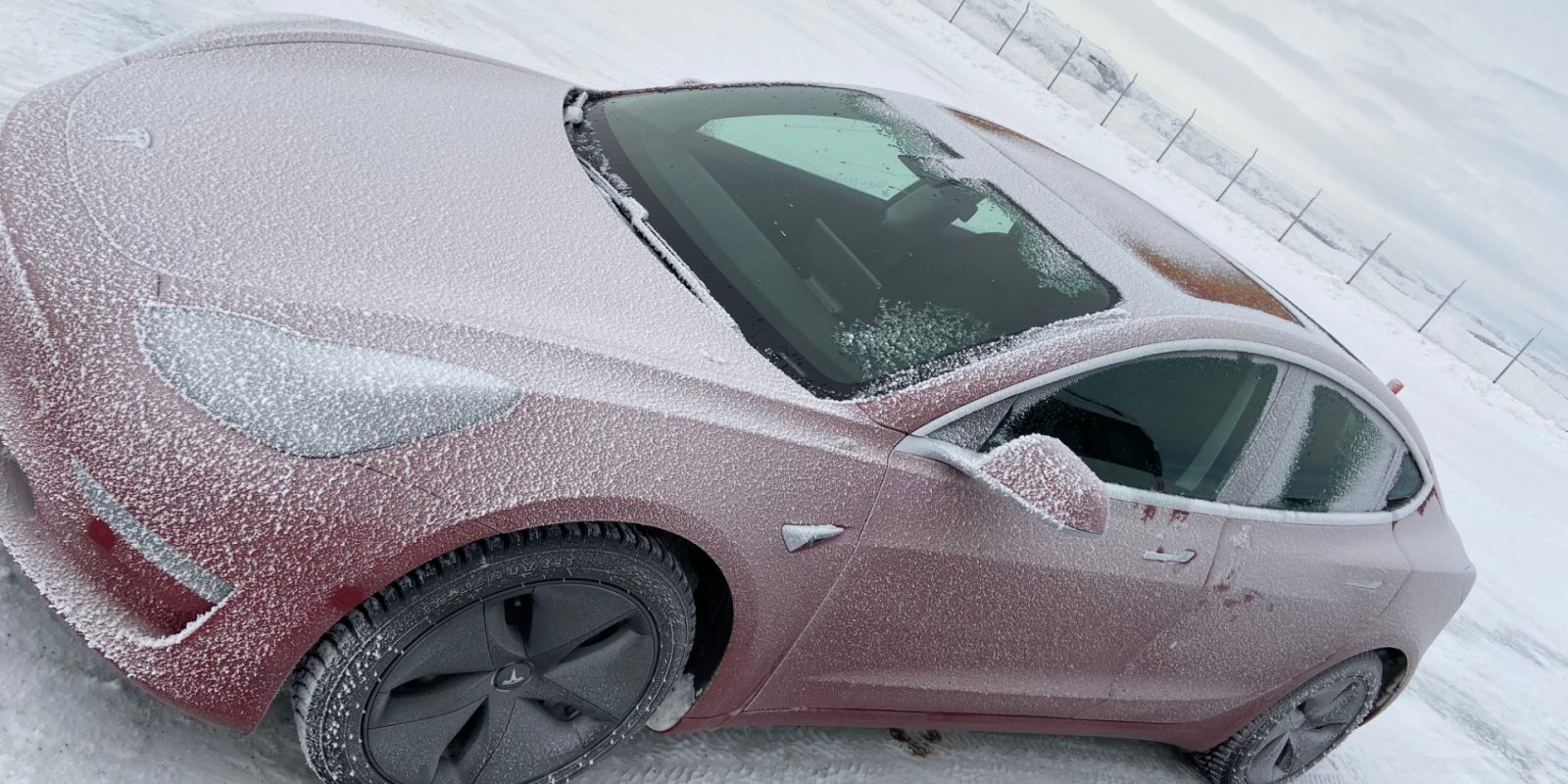
To say that Tesla’s performance in extremely cold temperatures is a regular talking point among EV drivers (and those of us at Electrek) is a bit of an understatement. For example, Tesla Model Y prototypes were recently spotted cold-weather testing in Minnesota snow in January, and in December, Tesla started offering anti-ice window treatment after some winter issues.
But Tesla Model 3 owner Thomas Nilsen, who lives in Norway’s Arctic Circle, tells Electrek that his EV performs even better in the freezing north than his previous ICE (no pun intended) vehicle.
Nilsen is the editor of the Barents Observer, a journalist-owned independent online newspaper covering the Barents Region and the Arctic. It’s published in both English and Russian.
The Barents Observer provides daily news reports about Scandinavia, Russia, and the Circumpolar Arctic. Their journalists, based in Kirkenes, Norway, cover topics like climate change, energy and industry, shipping, civil society, borders, politics, ecology, national security, and indigenous peoples’ issues.
So, being that he’s a fellow journalist, Nilsen can describe his Model 3 driving experience in his own words:
I live nearly as far north in Europe as is possible, in the small town of Kirkenes on Norway’s coast by the Barents Sea. The Barents Observer covers stories from around the region, which means long distances in varied weather conditions. For about a year now, I have been driving my Tesla Model 3 around in the north, and have had very positive experiences by driving electric.
Last winter and this one have proven that electric is by no means a disadvantage in the Arctic. The car heats faster and better than my previous diesel Volvo, and even in very remote places, when parked without access to a plug, I don’t have to be afraid of the car not starting the next morning if it has been extremely cold at night.
One example: Last week I parked for four days at the airport in Kirkenes without a plug. Temperatures dropped to down to -32C. When I came back I turned on the heat via the Tesla app while waiting for luggage, and when I came to the car some 10-12 minutes later, all windows were without ice, the door was no problem to open, and I simply just jumped in and drove.
Also, I have been traveling long distances across the region of Finnmark from the east to the west mid-winter, distances of up to 600 km in a day. There ain’t many chargers up north, currently no Tesla SuperChargers in my region, but with some planning before starting to drive, to reach some of the few available 22kW chargers, such cold-climate, mid-winter driving across a vast area without hardly any people or towns is easy.
I think this story is important to tell. In Norway, where 42% of all newly sold cars in 2019 were fully electric, many people still believe that battery cars are not suitable for winters and long distances. There are close to 50,000 Tesla cars sold in Norway, but only 80 of those were sold in Finnmark, the northernmost region of Norway, which in size is comparable to Denmark.
Tesla has recently announced a network of eight superchargers in northernmost Scandinavia (Norway, Finland, and Sweden) to be launched during 2020. Driving Teslas around in extreme cold across long distances will then be nothing but dream tours.
I highly recommend battery cars for winter driving. And my newspaper, the Barents Observer, has saved a lot of money on fuel.
For us, a newspaper reporting a lot about the dramatic consequences of climate change in the Arctic, it is important that we take our share of responsibility to cut emissions.
The photo above is of Nilsen’s car at the airport after he cleared his windows of ice, as he described.
If you drive a Tesla in an extremely cold climate, let us know your thoughts about your experiences in the comments below.
Photo: Thomas Nilsen
FTC: We use income earning auto affiliate links. More.






Comments